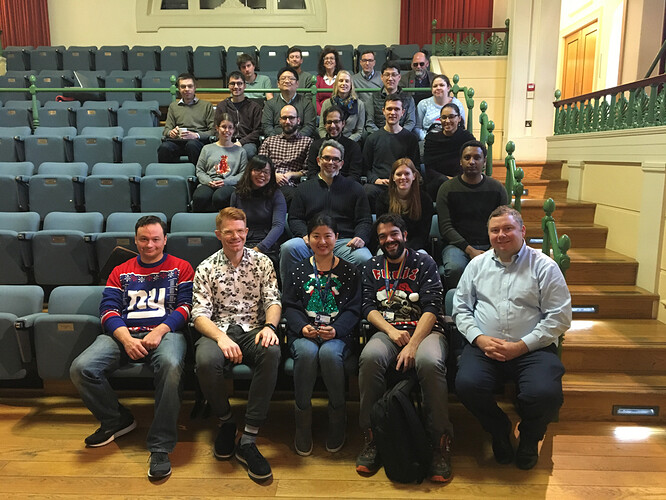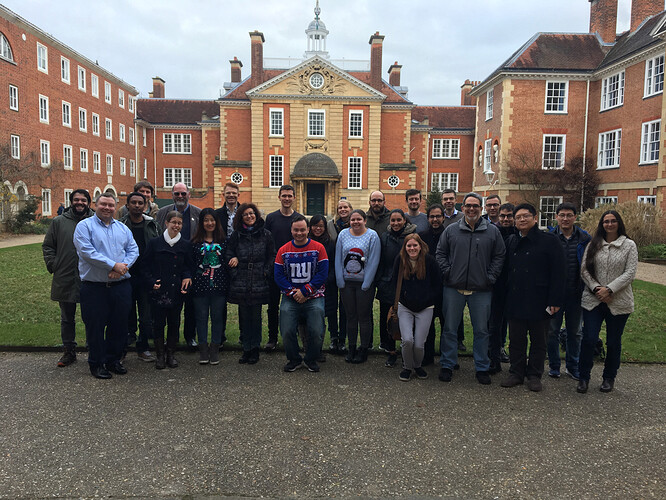Day 5 of the Study-a-thon!
We have consistent results for our population-level-estimation analysis, replicated in different data sources, and with similar and clinically meaningful results! Watch this space for a link to a Shiny interactive ‘report’!!
Thanks so much @Patrick_Ryan , @anthonysena , @jweave17 and @jennareps for an awesome week with amazing science and a lot of fun! I think we’ve converted 40 more scientists to OHDSI (see below for a pic of the ‘survivors’ left on Friday afternoon!
More fun to come in the new year!!
I look forward to the OHDSI Europe symposium next year!!

